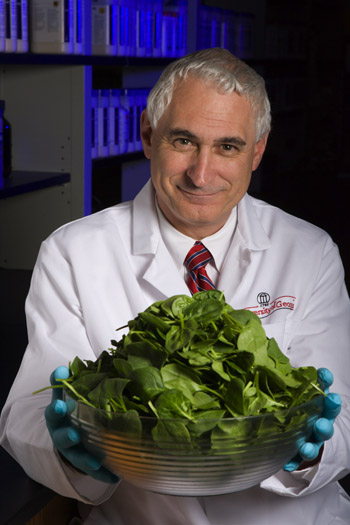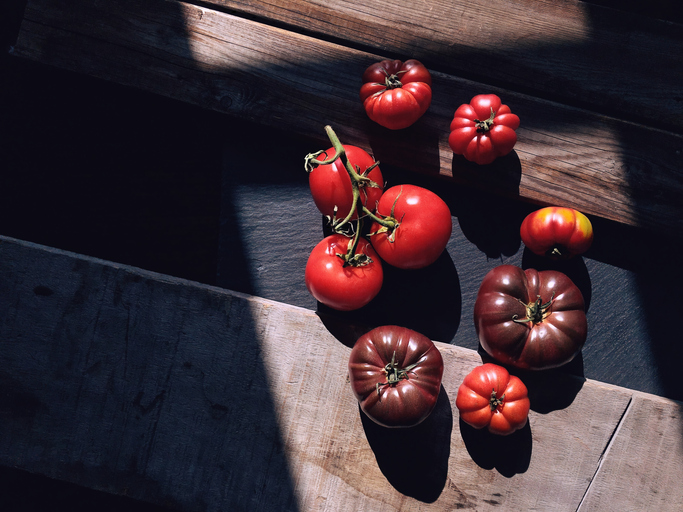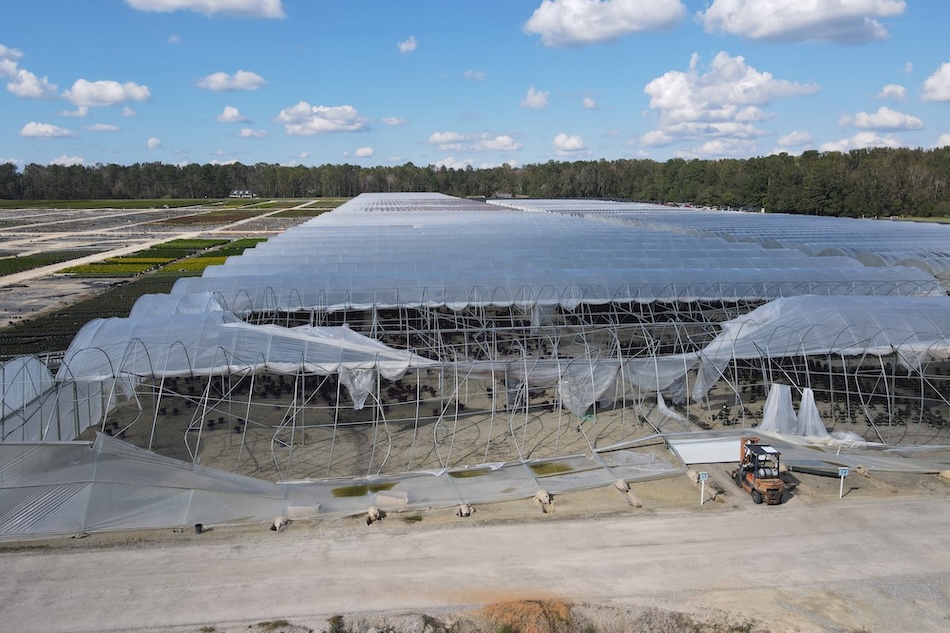Mike Doyle doesn’t eat raw bean sprouts, medium-rare hamburgers or bagged salads. He isn’t on a special diet, but as director of the University of Georgia Center for Food Safety in Griffin, Georgia, he studies the food pathogens that sicken thousands of Americans each year.
Doyle works closely with the food industry, consumer groups and government agencies, like the Centers for Disease Control and Prevention (CDC) in Atlanta, on issues related to the microbiological safety of food. He also serves as a scientific adviser to groups like the World Health Organization, the U.S. Food and Drug Administration (FDA) and the National Academy of Sciences.
For a time, foodborne illness was most often connected with undercooked meats, and most product recalls and outbreaks were connected to meat products. Today, 33 percent of cases are tracked back to raw produce, Doyle said. In an odd Catch-22, he says America’s efforts to become healthier, including eating more produce, and efforts by the CDC and local health departments to do “a better job tracking sources” have led to the increase of reported foodborne illness cases linked to produce.
“Produce has risen to the top of the list when it comes to foodborne outbreaks in the U.S.,” said Doyle, a Regents’ Professor with the UGA College of Agricultural and Environmental Sciences. “More people are eating produce, and there’s a bit of concern over the safety of produce in America. When you include nuts, fruits and vegetables in the produce category, it’s the leading vehicle (for foodborne illness) over the past four or five years.”
Over the past 10 years, foodborne illness cases have been linked to cantaloupe, raw spinach, carrot juice, a variety of nuts, caramel apples, jalapeno peppers and, most recently, to prepackaged bagged salads sold in grocery stores and tomatoes served at a handful of Chipotle restaurants.
When produce like lettuce is cut, bacteria can travel inside the plant tissue, where it can’t be washed away, he said. “You can’t get rid of (it). The industry sells billions of bags (of prepackaged salads) per year, and we don’t hear about a lot of outbreaks. The bad news is when it does happen, those infected can become seriously ill,” he said.
A quarter of the produce-related outbreaks are connected to leafy green vegetables that can become contaminated in many ways, Doyle said.
“Animals can carry the harmful bacteria in their intestinal tracks and can share it if animal manure gets into the crops through contaminated irrigation or when manure is used as a soil amendment,” he said. “And infected people can also carry these bacteria. Then, when they don’t wash their hands and cut vegetables, like lettuce, it can get into the produce.”
Led by Doyle, food scientists from UGA, Clemson University, the Illinois Institute of Technology, Michigan State University, the University of Maryland and the University of Cordoba, in Spain, began a research project in 2007 that focused on leafy greens from the farm to the fork. The researchers, along with their counterparts from the FDA and U.S. Department of Agriculture, studied each step of leafy green production, from the field to the processing plant, in an effort to ensure leafy greens are as safe as possible, Doyle said. (Their findings can be seen at ugacfs.org/producesafety.)
Thoroughly cooking foods, like meat, kills harmful bacteria, but many fruits and vegetables are prepared and served raw. “If you can cook produce, you are OK,” Doyle said. “At my house, we buy iceberg lettuce, we remove the outer layers, wash our hands and then cut the lettuce. Lettuce that you cut yourself can be much safer.”
Doyle and many of his food safety scientist colleagues consider raw sprouts among the most hazardous of foods.
“There was a major outbreak linked to sprouts eaten in Germany and France that put almost 1,000 people in the hospital for kidney failure and more than 50 people died. The problem is contaminated seeds that are placed in warm water where the sprouts grow. But the conditions are ideal for the bacteria to grow, too,” Doyle said. “Often, only a few seeds are contaminated, so you can’t simply test a few to see if there is a contamination.”
Personally, Doyle avoids raw spinach, too. Growing up in Wisconsin, he watched his grandmother cook and serve spinach, but his family never ate raw spinach. “We thought raw spinach was for rabbits,” he said. “I’m surprised when I see people eat raw spinach. I do not eat raw spinach knowingly.”
Thoroughly washing and peeling vegetables like carrots will “likely” remove harmful bacteria, he said. “Peel your produce if you can, and if you can cook it, that’s even better,” Doyle said.
Pathogens that cause foodborne illness of major concern are E. coli, salmonella and listeria. Of those, listeria causes about 1,200 cases in the U.S. each year and many deaths.
“With listeriosis, the mortality rate is in the neighborhood of 25 percent. It’s largely those who are immune-compromised, like the elderly and the very young,” he said. “E. coli can be very severe and cause kidney failure in children, and the infectious dose can be very low.”
The new FDA Food Safety Modernization Act, passed by the U.S. Congress in 2010, will bring stricter rules like safety tests for irrigation water and rules for when farmers can and cannot use animal manure on crops, Doyle said.
For more on research at the UGA Center for Food Safety, go to ugacfs.org.









